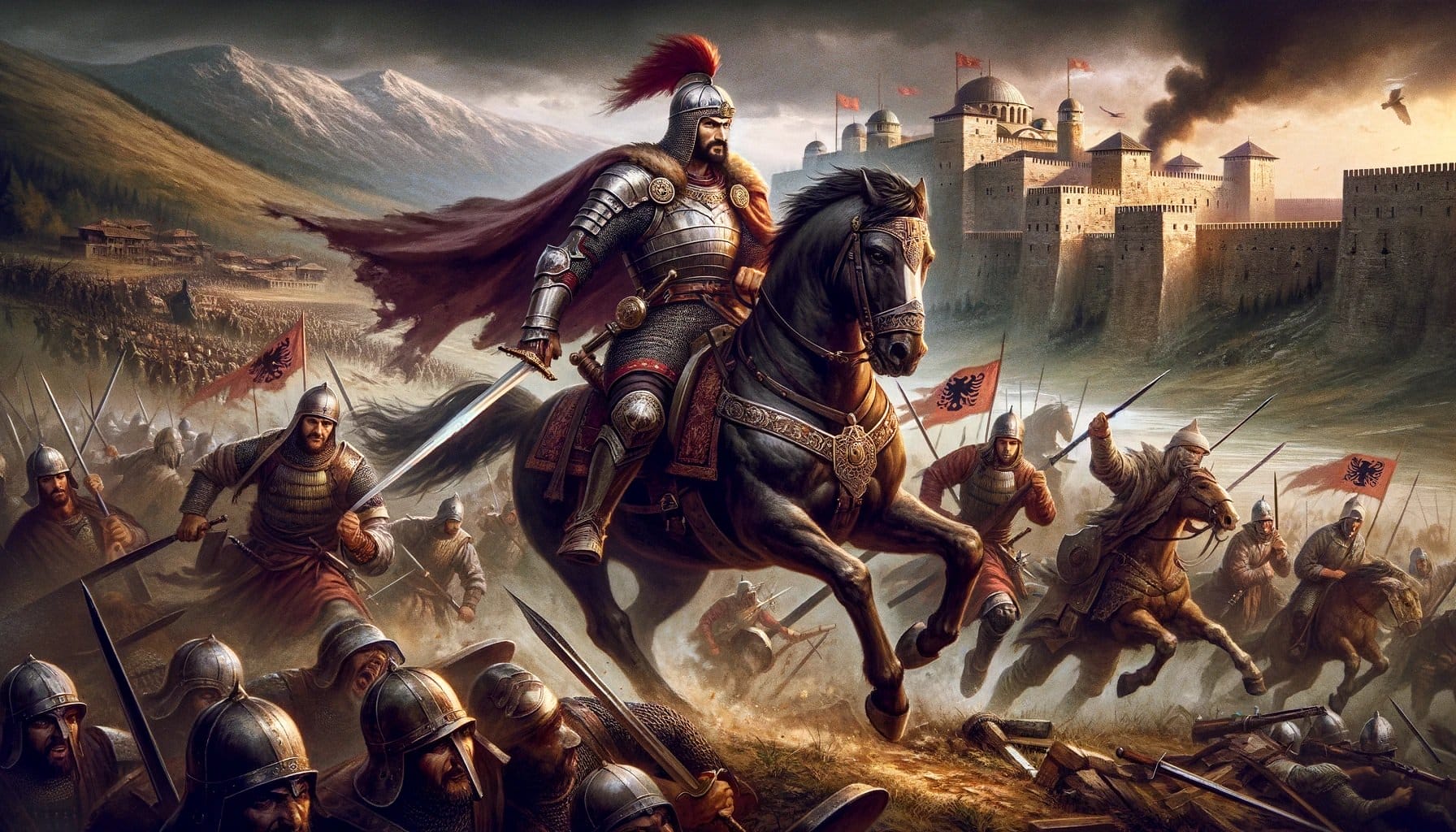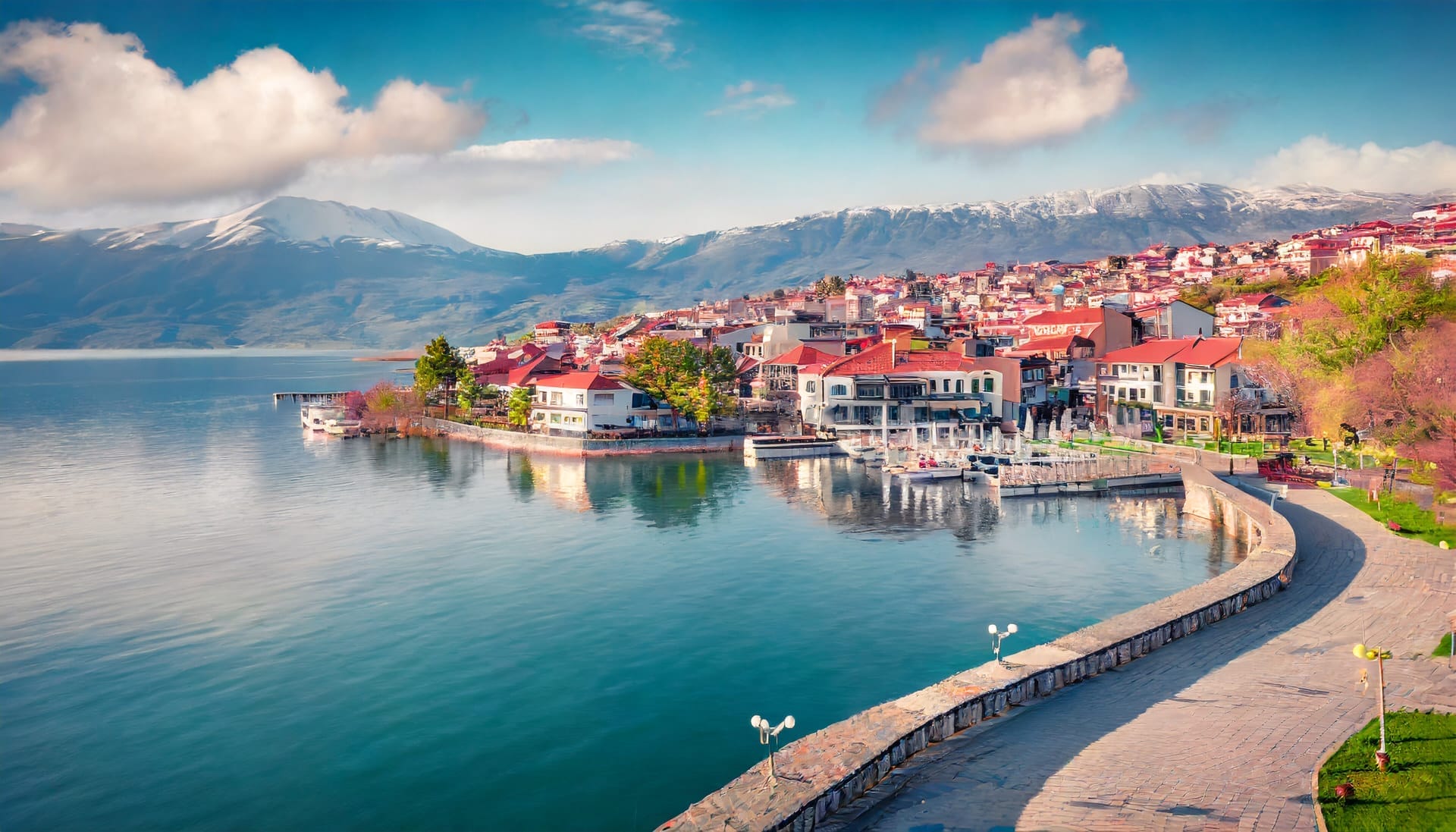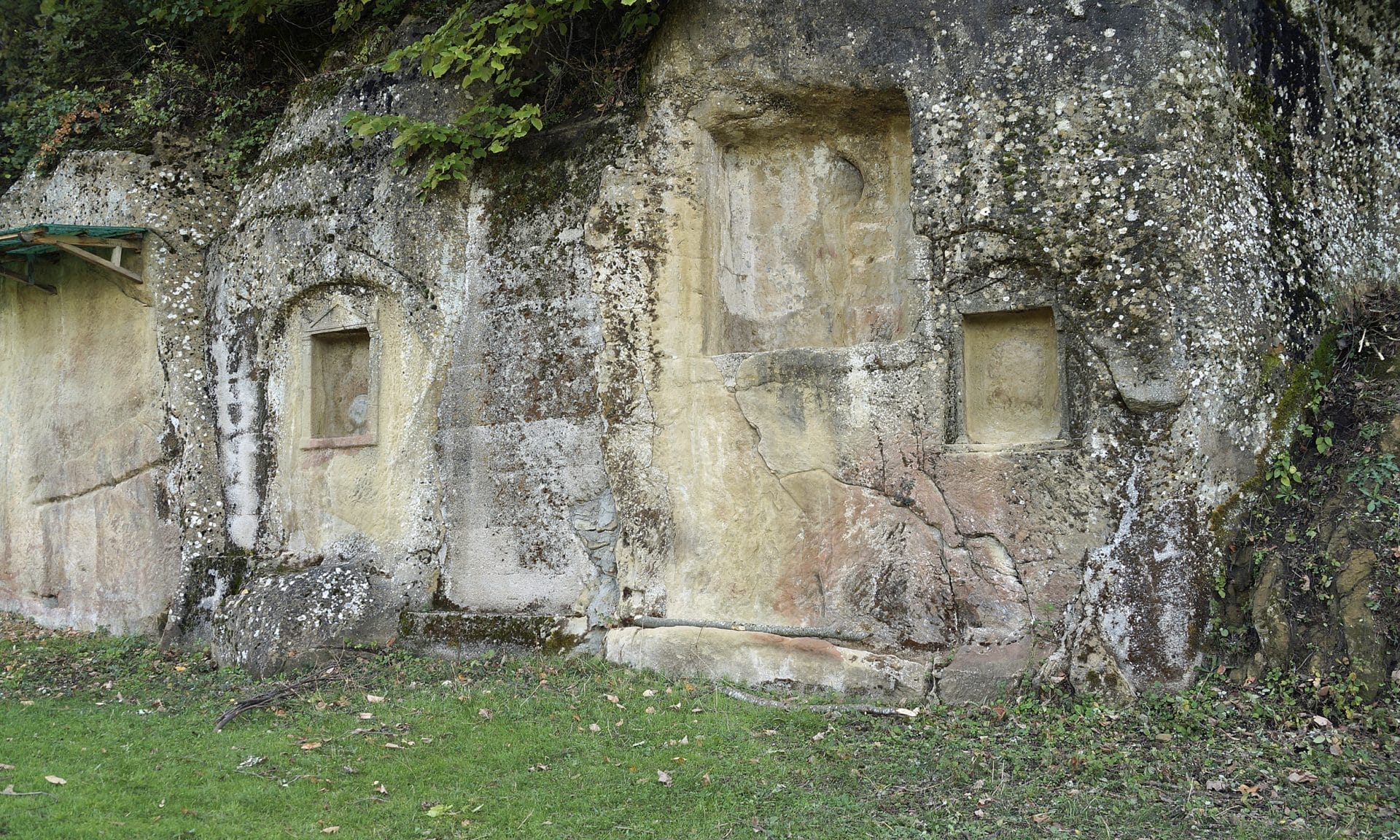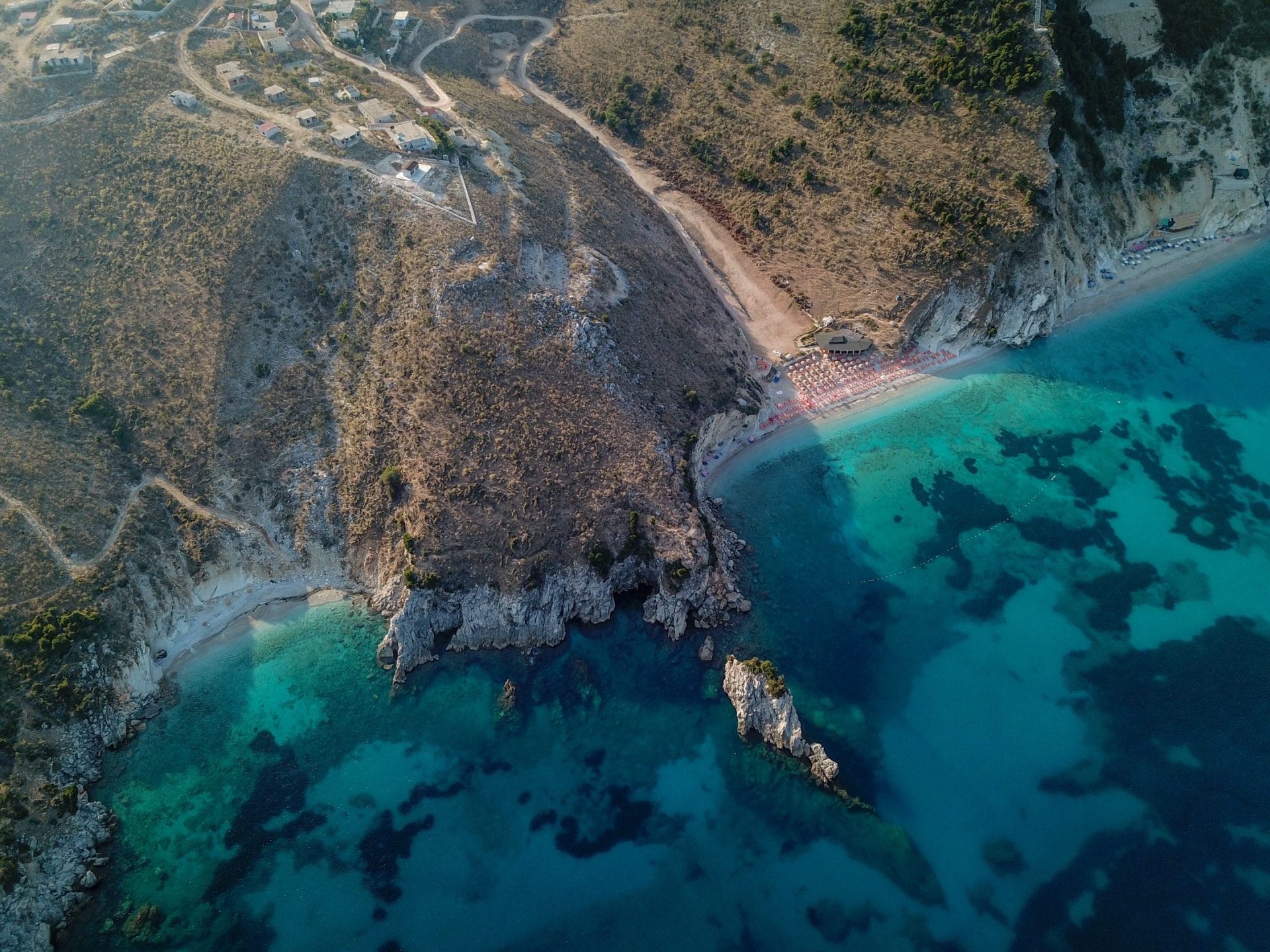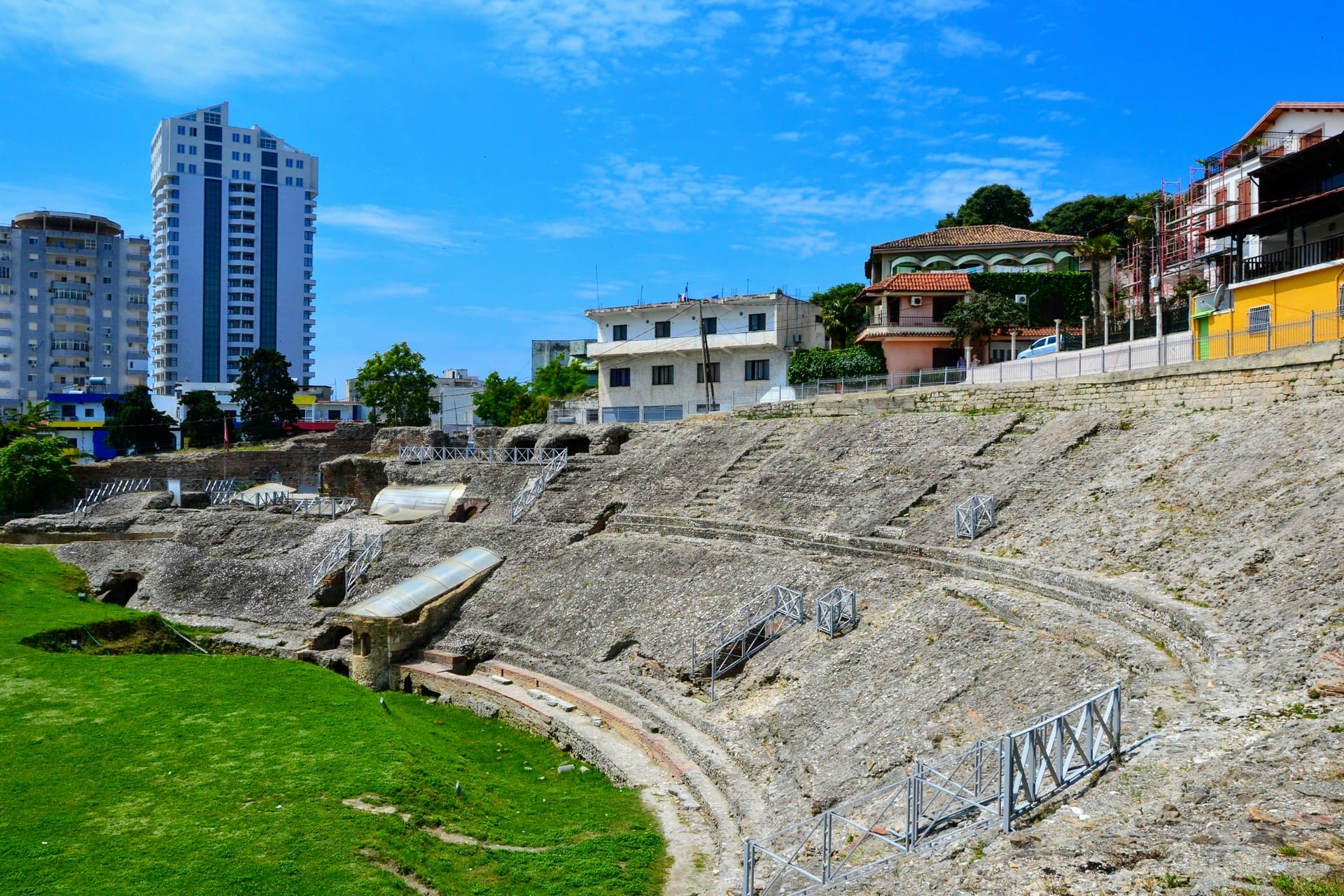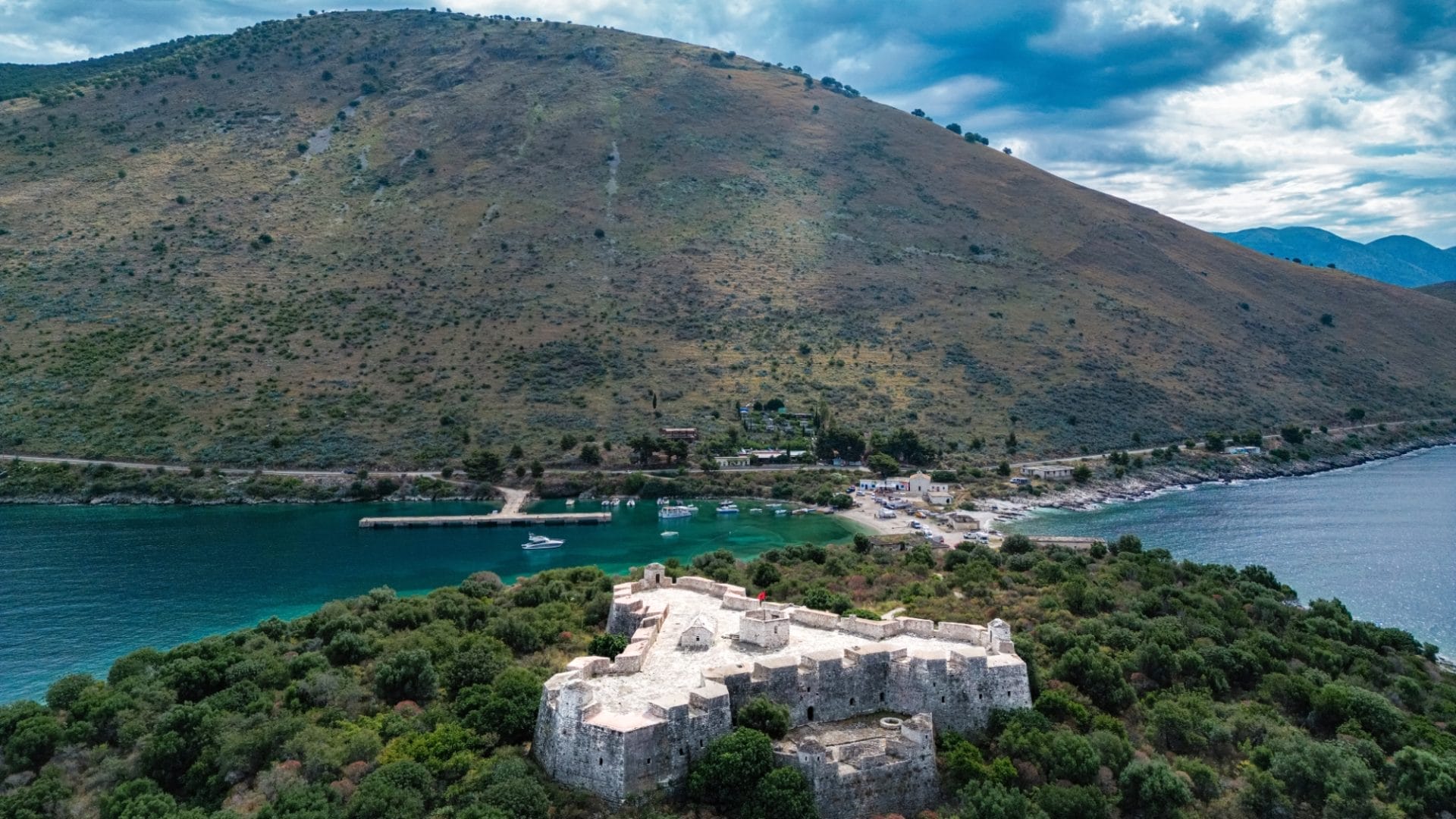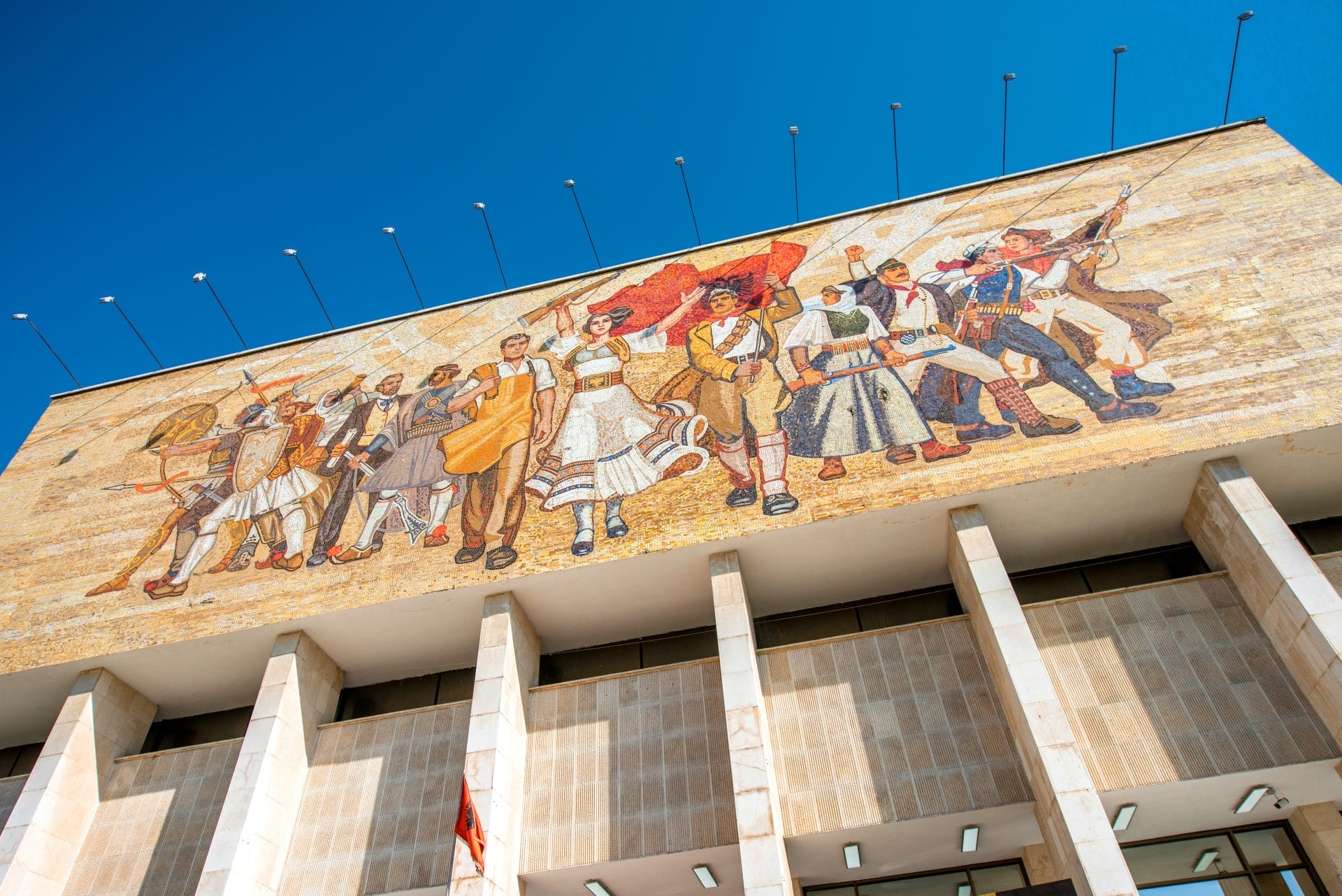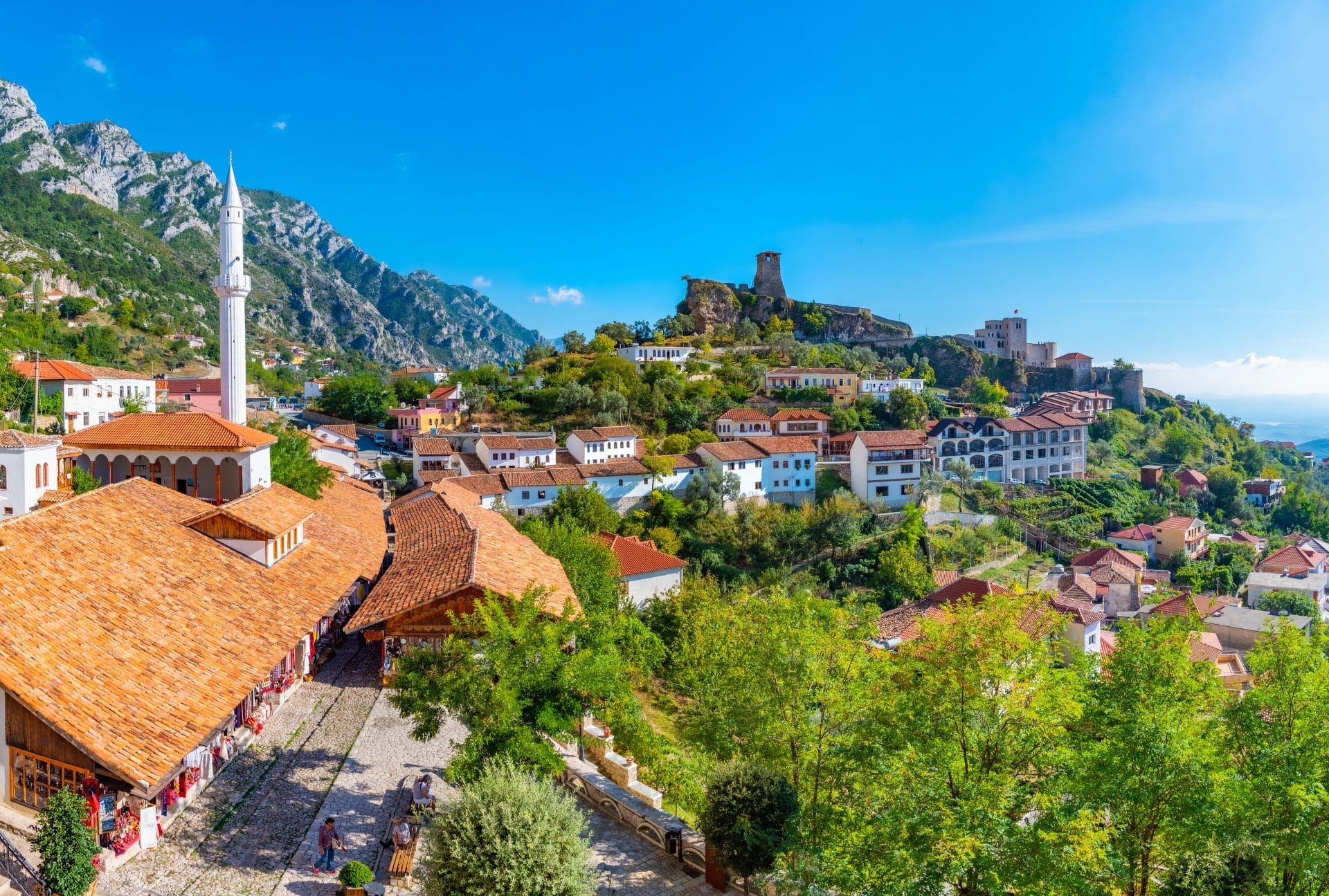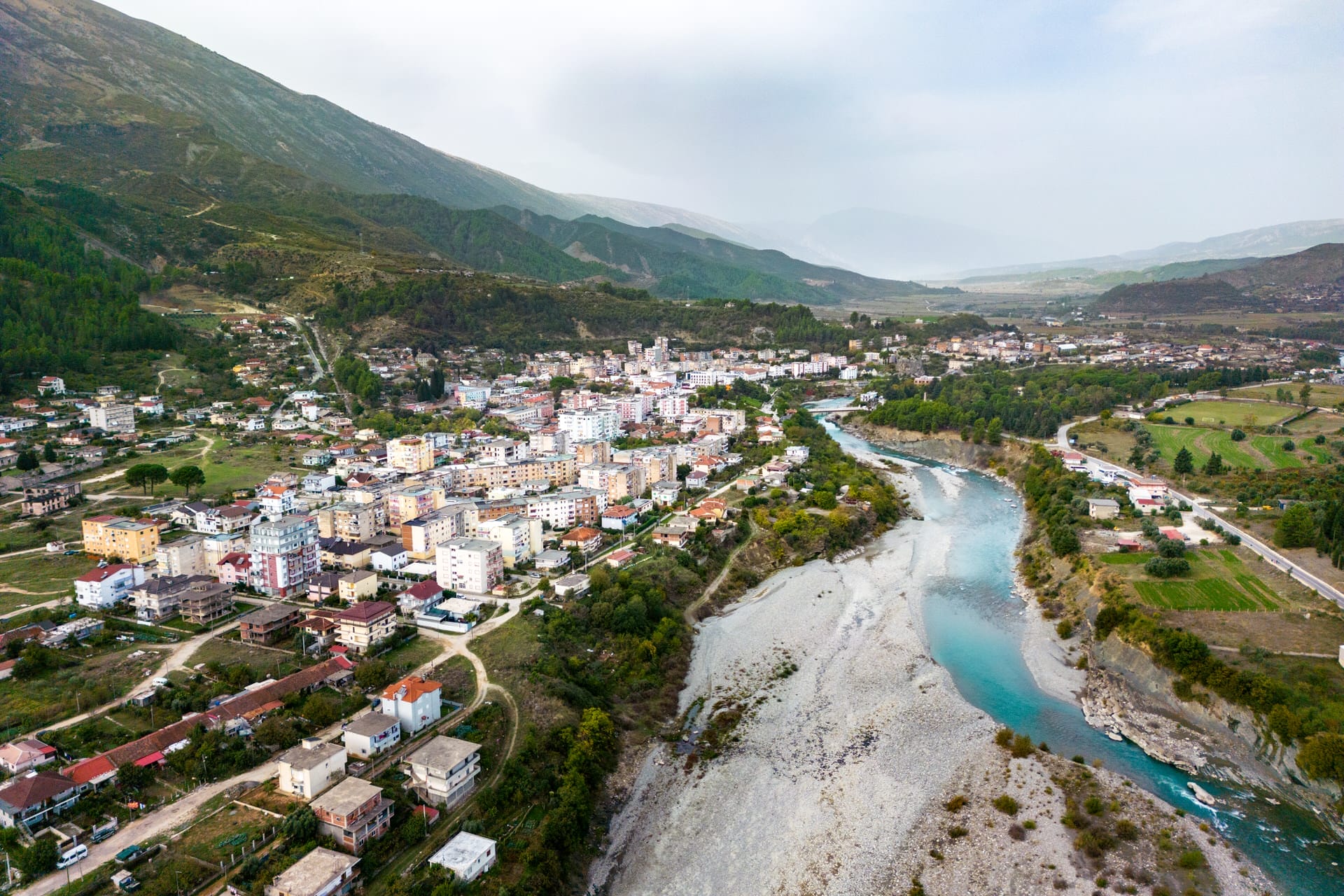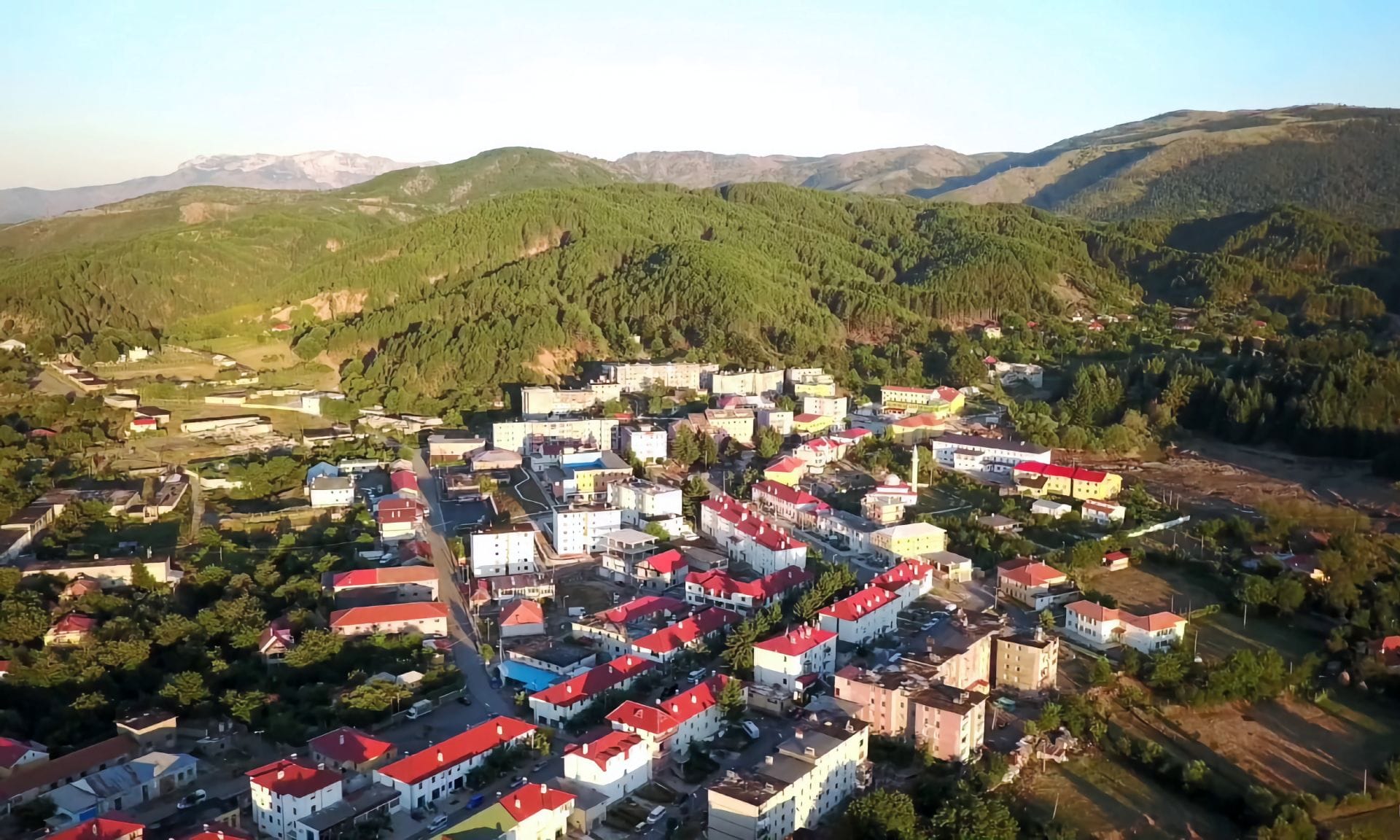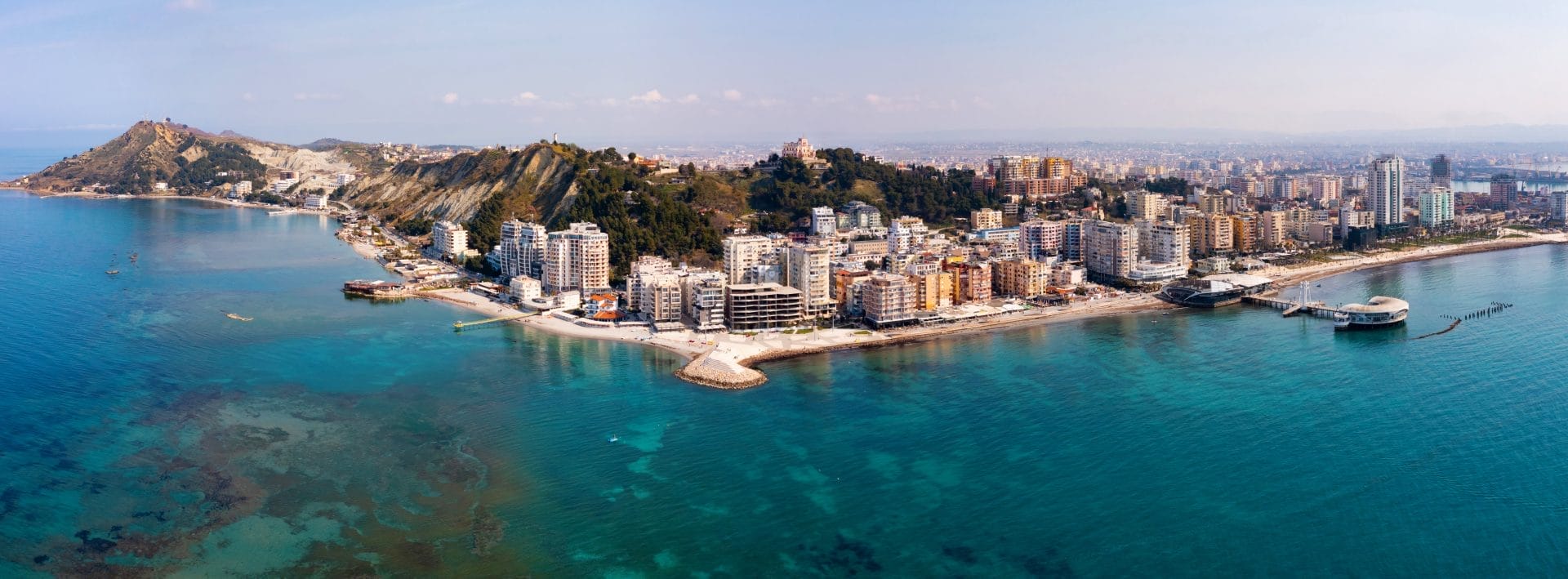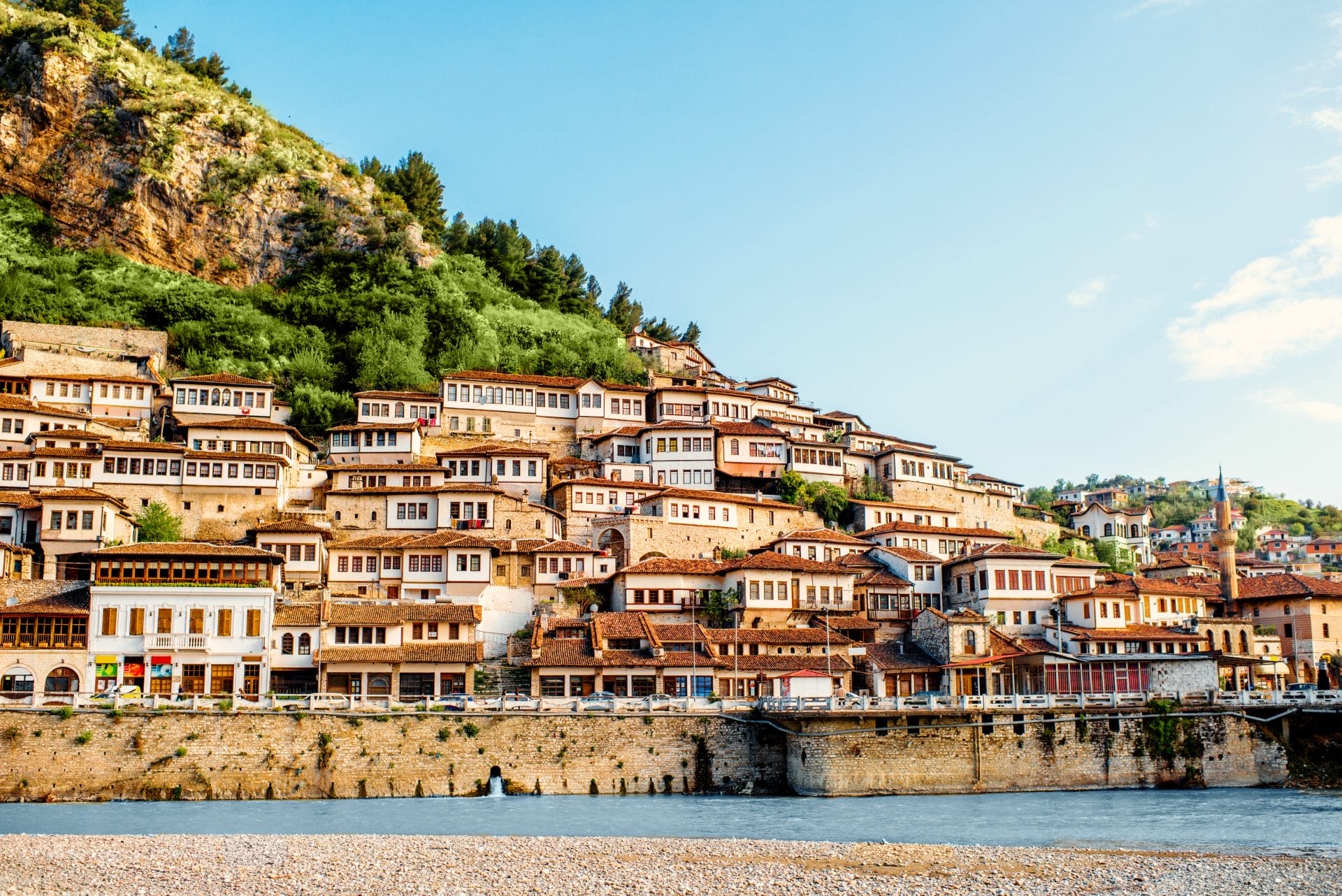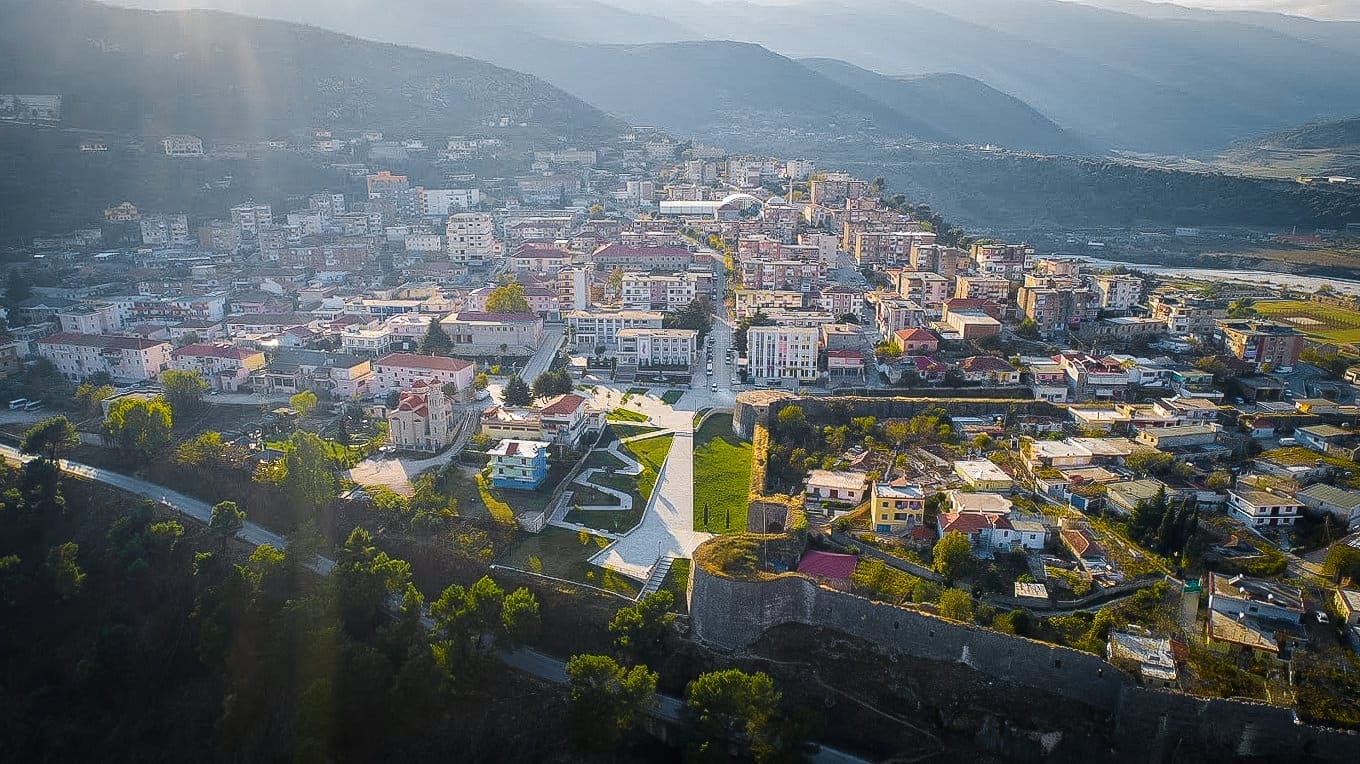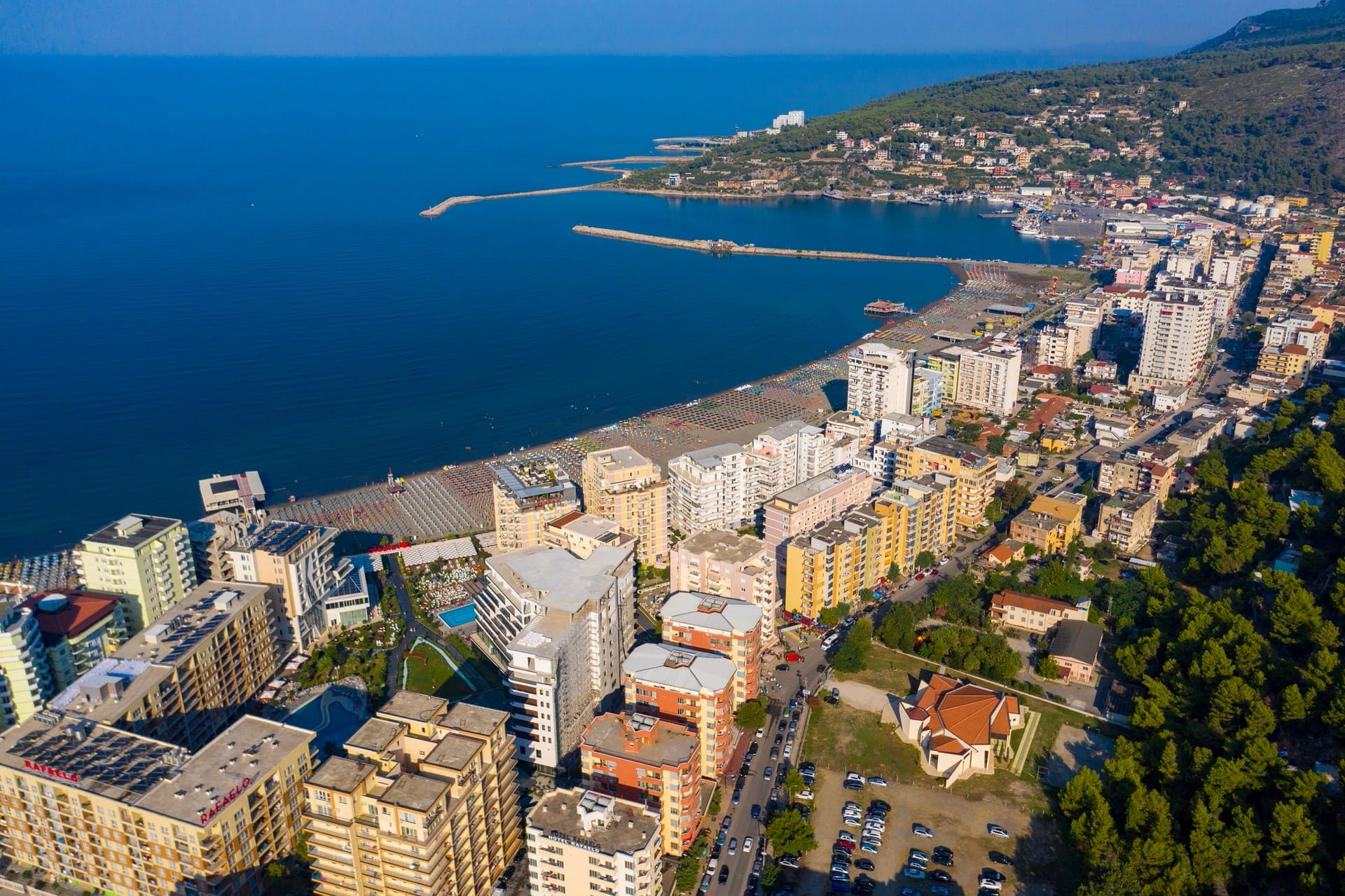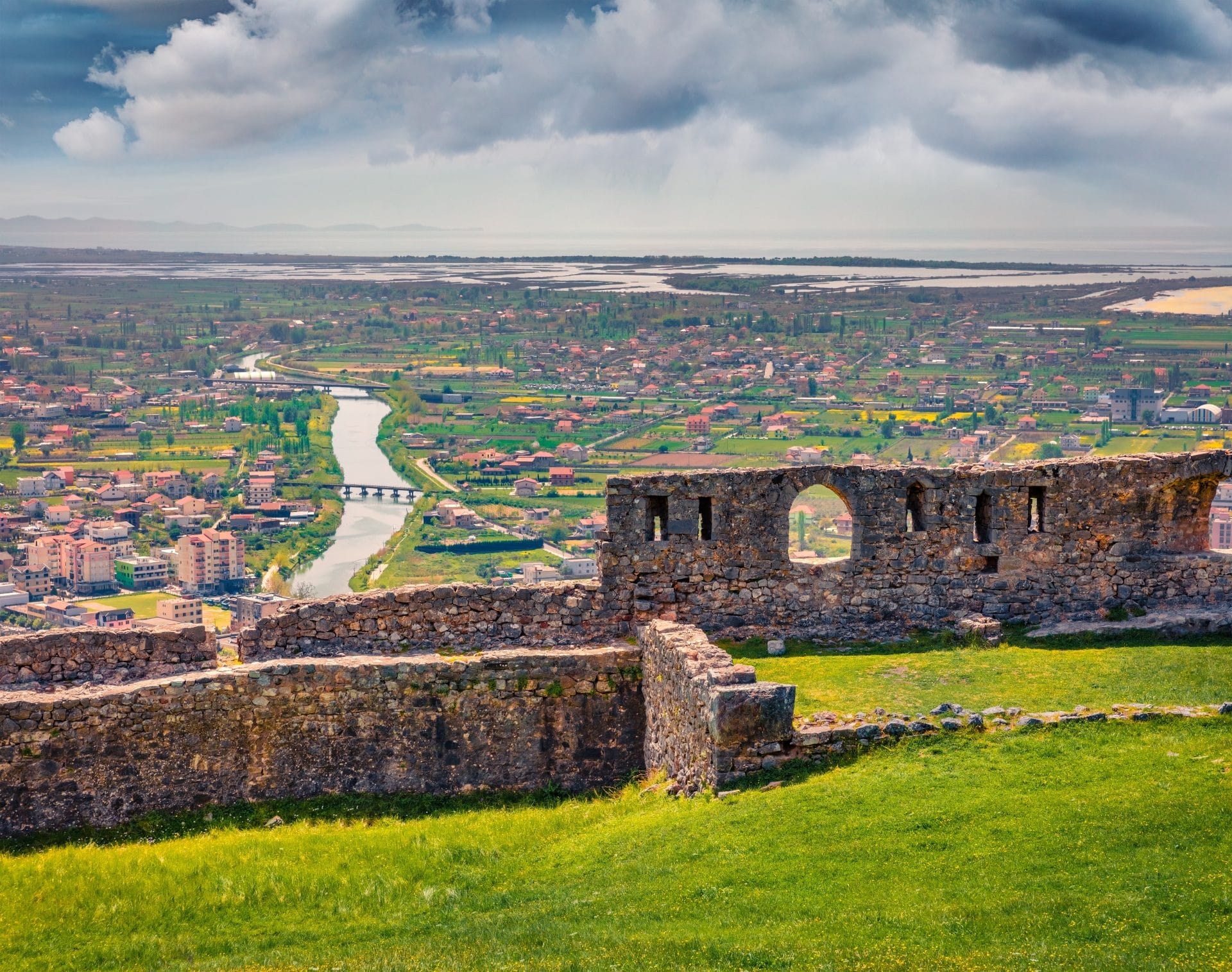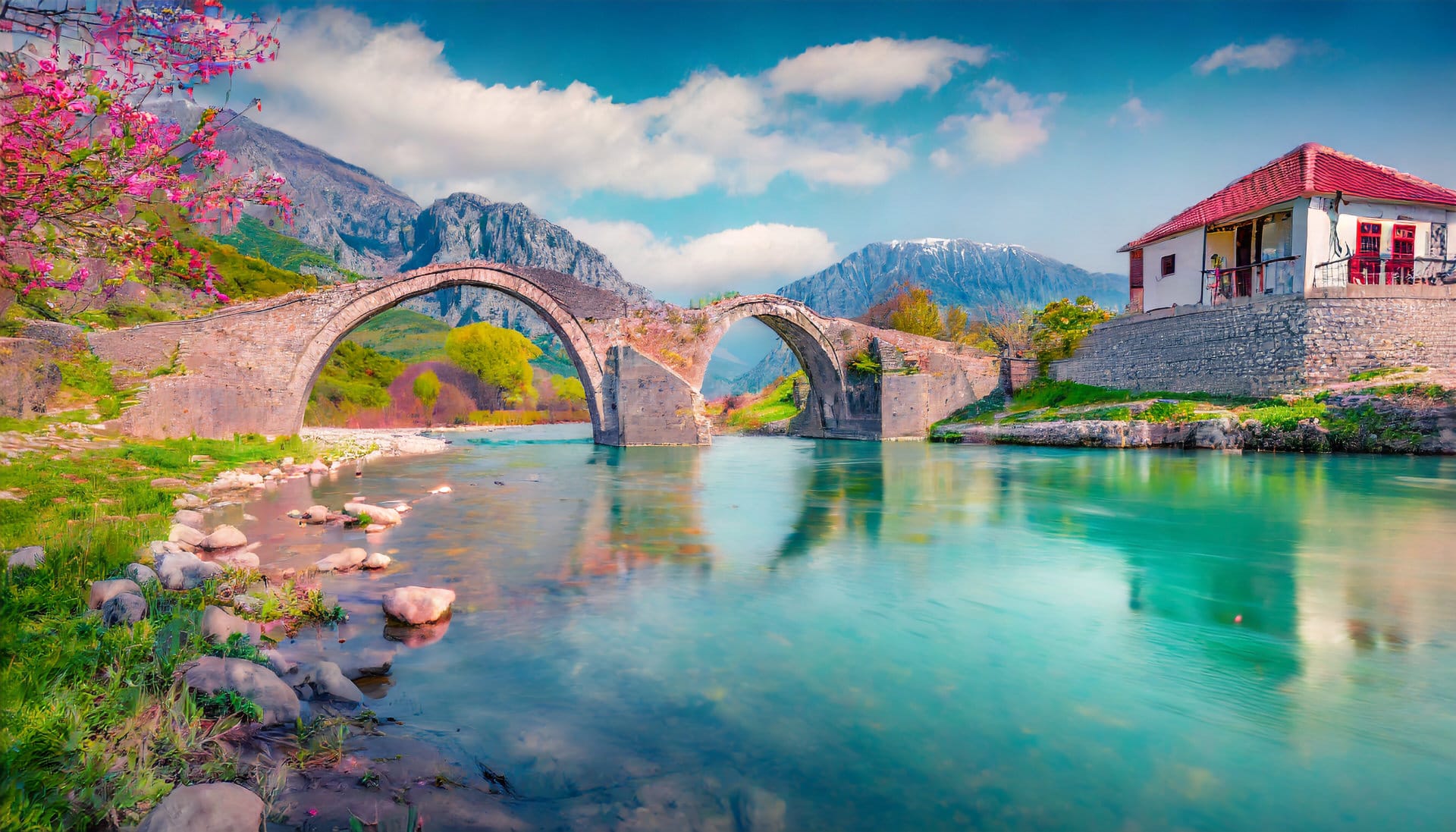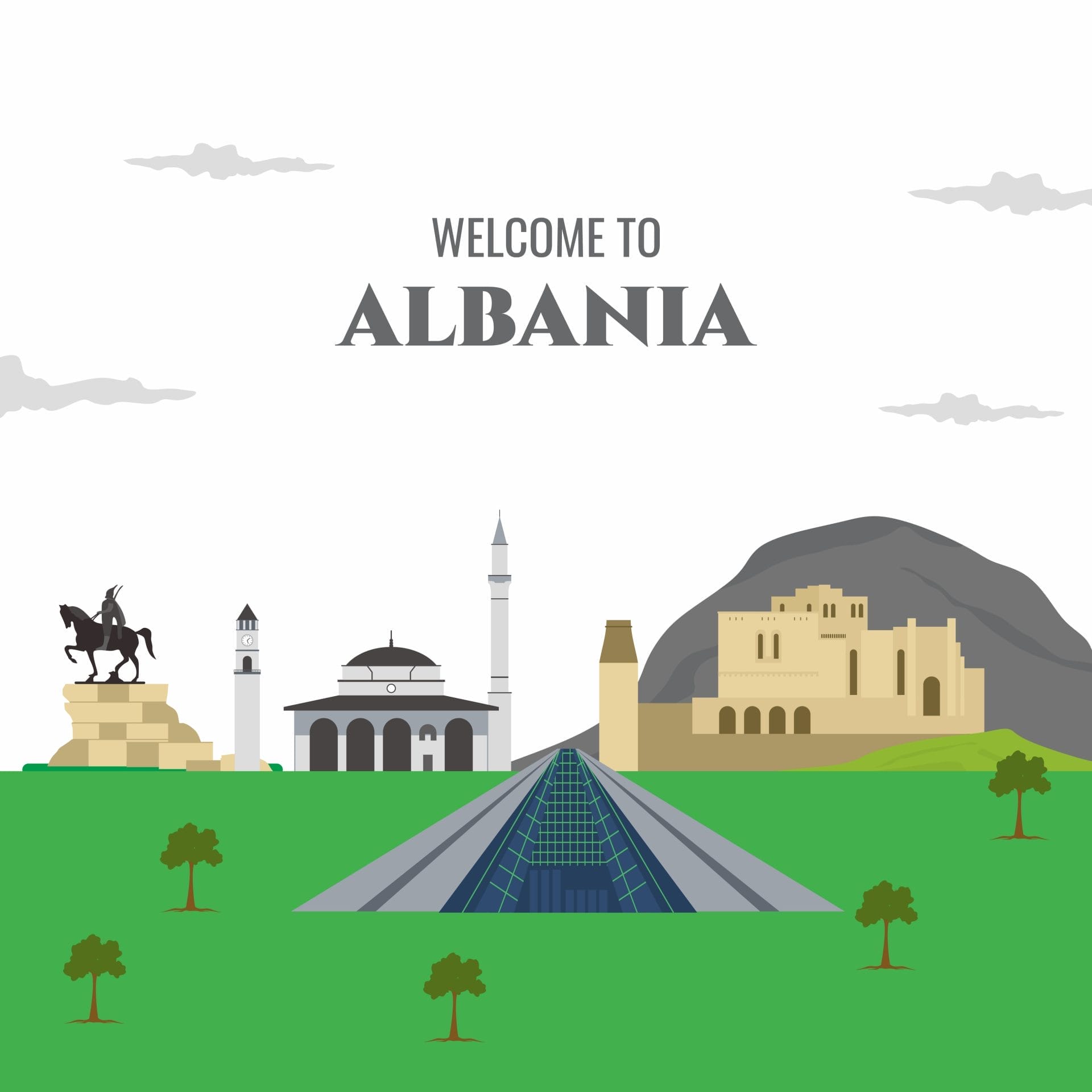
Ottoman Albania
The 14th and 15th centuries were tumultuous times for Albania. The Ottomans were expanding their territories, and Albania was in their sights. However, the Albanians were not easy prey. Led by the legendary Skanderbeg, they mounted a resistance that would become a cornerstone of Albanian national identity. Skanderbeg’s banner—a black two-headed eagle on a red field—would later become the flag under which the Albanian national movement rallied.
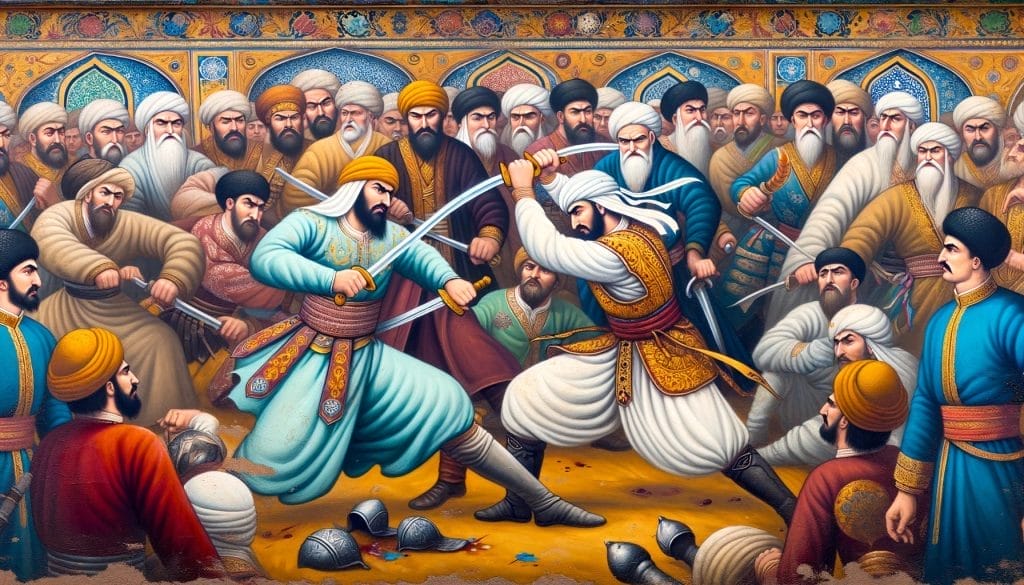
The Siege of Shkodra
In 1478, the Ottoman Empire laid siege to Shkodra, one of the most fortified cities in Albania. Despite brave resistance, the city eventually fell, marking a pivotal moment in Albanian history. The Siege of Shkodra wasn’t just a military defeat; it symbolized the beginning of nearly four centuries of Ottoman rule in Albania.
Albanian Resistance
The Ottomans’ foray into Albania commenced in 1385, a strategic move initiated by an invitation from the Albanian noble Karl Thopia. This incursion marked the beginning of a complex era where the Ottomans sought to embed themselves into the region’s fabric. Despite establishing the Sanjak of Albania and the eventual consolidation of Ottoman control by 1488, resistance remained a defining element of this period. The most notable figure of Albanian defiance was Skanderbeg (Gjergj Kastrioti Skënderbeu), a leader whose legacy in fighting Ottoman expansion from 1443 to 1479 symbolized national identity.
Semi-Independence and Islamization
The 18th century witnessed a unique phase of semi-autonomy under the rule of local Albanian Pashas, with entities like the Pashalik of Shkodra gaining prominence. This period saw the Islamization of Albania, particularly during the 16th and 17th centuries, altering the religious landscape significantly and embedding Albanians within the Ottoman power structures.

Emergence of Power Centers
As the Ottoman Empire’s central authority waned, Albania became a landscape of decentralized power. Regions under influential Albanian leaders like the Bushati family in Shkodër and Ali Pasha of Tepelenë in Ioannina emerged as significant centers of power. This decentralization was mirrored in the lowland areas, where military fiefs evolved into hereditary landholdings, further diluting central control.

Independence and the Tanzimat Reforms
The Ottoman Tanzimat reforms, intended to modernize and consolidate the empire, inadvertently fueled unrest in Albania. The dissolution of the Janissary and Devşirme in the reign of Mahmud II and the reorganization of land and administrative systems sparked revolts and widespread instability, setting the stage for Albania’s push towards independence.
Skanderbeg’s Legacy
Skanderbeg’s resistance against Ottoman incursions became a cornerstone of Albanian national identity, a legacy symbolized by his banner, later adopted as the national flag. The 1478 Siege of Shkodra, a momentous event, signified the beginning of nearly four centuries of Ottoman rule despite the city’s valiant resistance.
Religious Transformation
Under Ottoman rule, the Albanian lands were organized into vilayets, with local autonomy permitted. The era saw a significant number of Albanians rising to prominent positions within the empire, particularly those who converted to Islam. This religious transformation created a diverse tapestry of faiths, shaping the country’s cultural identity.

The Unyielding North
The Ottoman Timar system of land ownership and taxation brought about socio-economic changes, affecting all strata of society. With its rugged terrain, Northern Albania largely evaded this system, maintaining a degree of independence under the customary law known as the Code of Lekë Dukagjini.
The Rise of the Young Turks
The early 20th century saw the rise of the Young Turks, whose aims initially aligned with Albanian aspirations for autonomy. However, their reluctance to concede to Albanian demands for independence led to a series of uprisings, notably the 1911 Highlanders Uprising, and ultimately to the Albanian Revolt of 1912. This revolt marked the beginning of the end of Ottoman rule in Albania, paving the way for the Declaration of Independence.
In Summary
Albania’s Ottoman era was marked by resistance, adaptation, and resilience. It was a time of cultural and religious fusion, where the struggle for autonomy and identity played out against the backdrop of a declining empire. The legacy of this period is indelibly etched in Albania’s history, influencing its religious diversity, architectural landmarks, and national consciousness.
